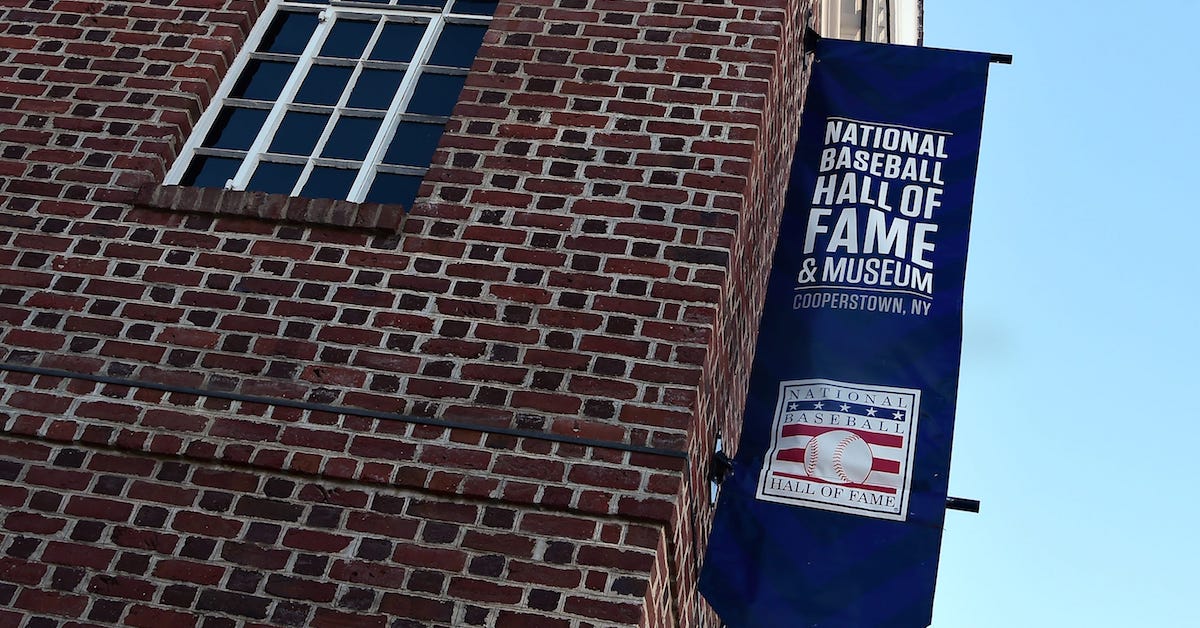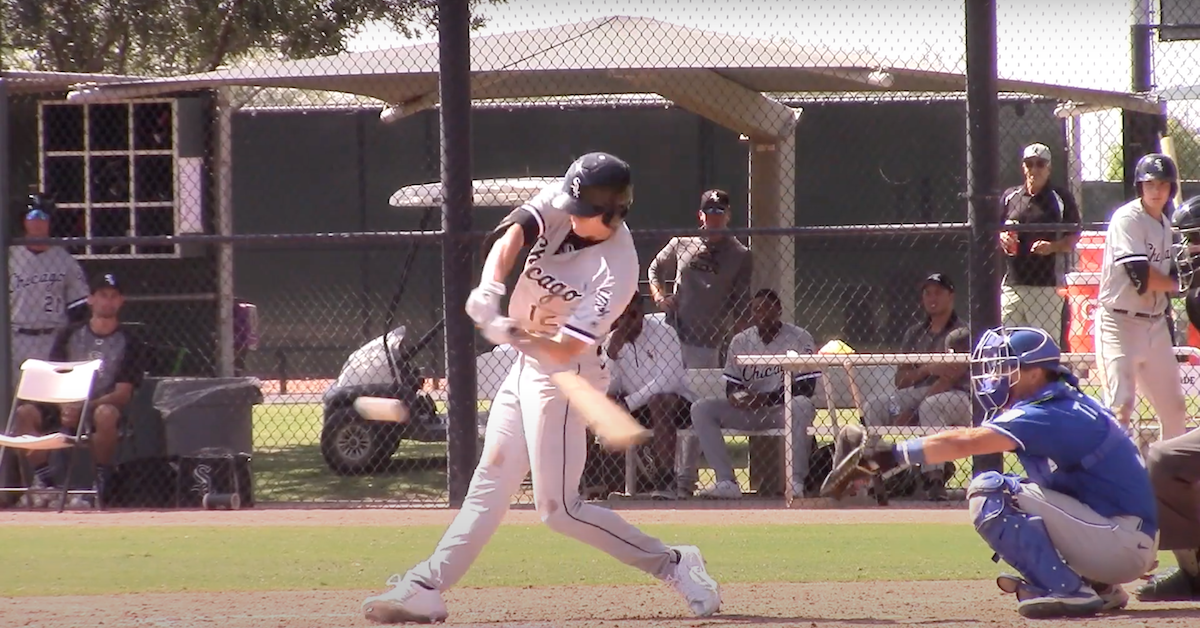FanGraphs Q&A and Sunday Notes: The Best Quotes of 2022
In 2022, I once again had an opportunity to interview numerous people within the game. Many of their words were shared in my Sunday Notes column, while others came via an assortment of Q&As, feature stories, and the Talks Hitting series. Here is a selection of the best quotes from this year’s conversations, with the bolded lines linking to the pieces they were excerpted from.
——
“I’d say Mike Trout is underrated. For one, he’s coming off an injury. Two, he’s playing with a two-way player who everybody goo-goo and ga-gas about. I’ll say this about Clayton Kershaw as well: When you do it for so long, people kind of get bored. It just becomes ho-hum.” — Dallas Keuchel, Chicago White Sox pitcher
“It was like, ‘Oh, this guy isn’t going to turn into a pumpkin. He’s real. There’s substance to this, he’s not just this novelty act with the shimmy and the shake, and the drop down.’ There are objective measures that say this guy is a high-level starter. Now it’s, ‘OK, how do we continue to build on that?’” — Matt Blake, New York Yankees pitching coach
“It’s part of what led us to George Kirby. He had very good stuff on draft day that turned into elite stuff once he got into our system… We feel like we can take good stuff and turn it into great stuff. We feel like we can take average stuff and turn it into plus stuff. It’s hard to look at a pitcher who only has stuff and say we’re going to make him into ‘a guy.’” — Jerry Dipoto, Seattle Mariners President of Baseball Operations Read the rest of this entry »





